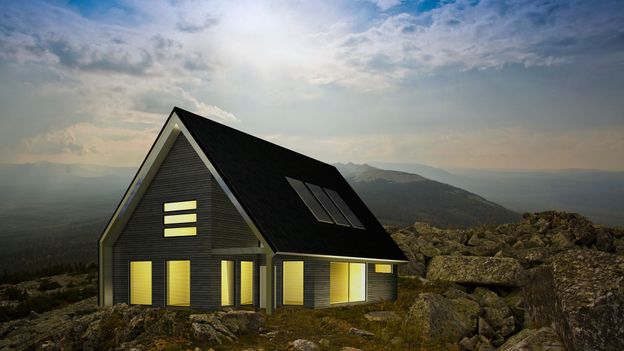Why the tiny house is perfect for now


In spite of potential drawbacks, the movement is moving on apace as small local projects are publicised and shared globally. Such as that of Alan Dall, originally from Scotland, who had been locked in a dispute with his council in Canterbury, New Zealand, over his self-built tiny house – the only home he could now afford to own in his late 50s, he says; after a high-profile case the judge ruled in his favour, which could set a precedent for other owners in the country.
In the UK, exciting initiatives are forging ahead too. The Tiny House Community Bristol, a non-profit community-benefit housing project in the Sea Mills area, has succeeded in getting support from the city’s mayor, and the council have collaborated on writing planning law to make the project happen Rachel Butler, founder and director of the organisation, says there are plans for a zero-waste local produce shop, an eco-launderette, plus a workshop space for repairing and making things and a community dining hall.
“The plan is to build between 12 and 15 homes, and significant communal spaces, including kitchen, dining hall, eco-laundrette, workshop etc,” says Butler. “We have a commitment to sourcing as much of our resources and labour from our bio-region as possible. Only local tradespeople will be employed.”
Meanwhile, Tiny House Scotland is the brainchild of architect Jonathan Avery, who designs and builds micro architecture. Avery’s tiny house designs are central to a “village” for the homeless in Scotland, Tiny House Village Edinburgh, launched in Granton, Edinburgh, in May 2018. The Social Bite village provides a low-cost, safe-living environment for up to 20 people for around 12 to 18 months, with support to transition into permanent housing afterward.








